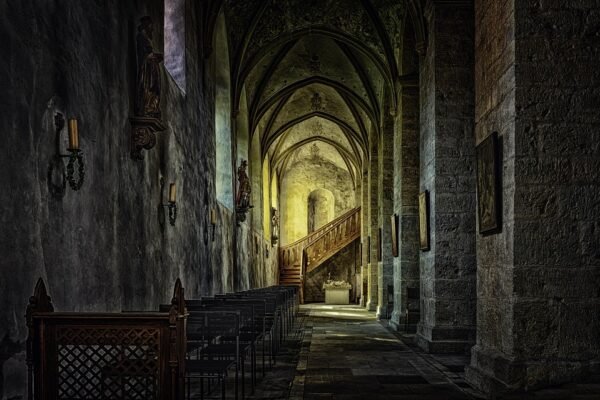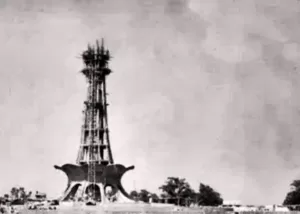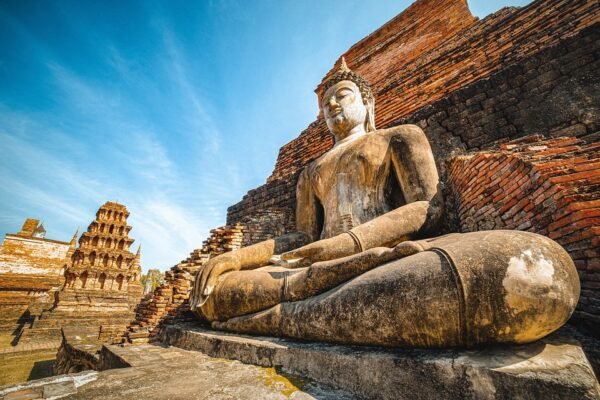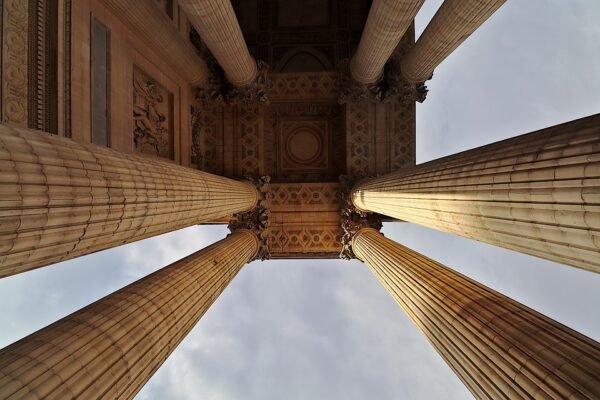

Discover Significance of Minar-e-Pakistan, Iconic Monument – Retro Timeline
The Minar-e-Pakistan in Lahore is a towering monument that holds great significance for the people of Pakistan. Built to commemorate the historic Lahore Resolution of 1940, it symbolizes the country’s struggle for independence and its commitment to democracy and national unity. Designed by Naseer-ud-din Murat Khan, a renowned Pakistani architect, the Minar-e-Pakistan blends Islamic and modern architectural styles, reflecting the country’s cultural heritage and aspirations for the future.
The construction of the Minar-e-Pakistan began in the 1950s and was completed in 1968. Standing at a height of 70 meters, the monument serves as a powerful reminder of the sacrifices and struggles of the Pakistani people. Its unique design incorporates elements of Islamic architecture and contemporary features, making it a truly inspiring symbol of the country’s national identity.
The Minar-e-Pakistan holds great historical and political significance, as it commemorates the Lahore Resolution that called for a separate homeland for the Muslims of British India. It played a crucial role in the creation of Pakistan in 1947 and remains a symbol of Pakistani unity and solidarity. Located in the heart of Lahore’s historic Minto Park, where the resolution was originally passed, the monument continues to inspire and unite people from all walks of life.
The architectural features of the Minar-e-Pakistan are impressive, with a blend of Islamic and modern elements that reflect Pakistan’s cultural heritage. The tower stands over 60 meters tall and is built primarily from reinforced concrete. It features eight floors, each with its unique design and purpose, including a museum showcasing Pakistan’s history and culture. The intricate design and decorations of the monument, incorporating floral motifs and geometric patterns, further emphasize its significance.
Over the years, the Minar-e-Pakistan has been a site for important historical and cultural events, including the Lahore Resolution of 1940 and flag-raising ceremonies on Pakistan’s Independence Day. It has also been a backdrop for political rallies, protests, and various cultural celebrations. The monument plays a vital role in contemporary Pakistani culture, being featured in movies, TV shows, and other media, as well as being a popular tourist destination.
Efforts have been made to preserve and maintain the Minar-e-Pakistan, as it is a valuable part of Pakistan’s cultural heritage. Regular maintenance tasks, such as cleaning, painting, and repairing, are carried out to ensure the monument’s longevity. The government has established a dedicated department for the preservation of historical monuments, and private organizations and individuals also contribute to safeguarding Pakistan’s cultural heritage.
In conclusion, the Minar-e-Pakistan stands as a symbol of Pakistan’s struggle for independence and unity. Its historical significance, architectural beauty, and cultural importance make it a must-visit monument for tourists and a source of pride for the people of Pakistan. By preserving and protecting such monuments, we ensure that the legacy of our past is passed on to future generations.







